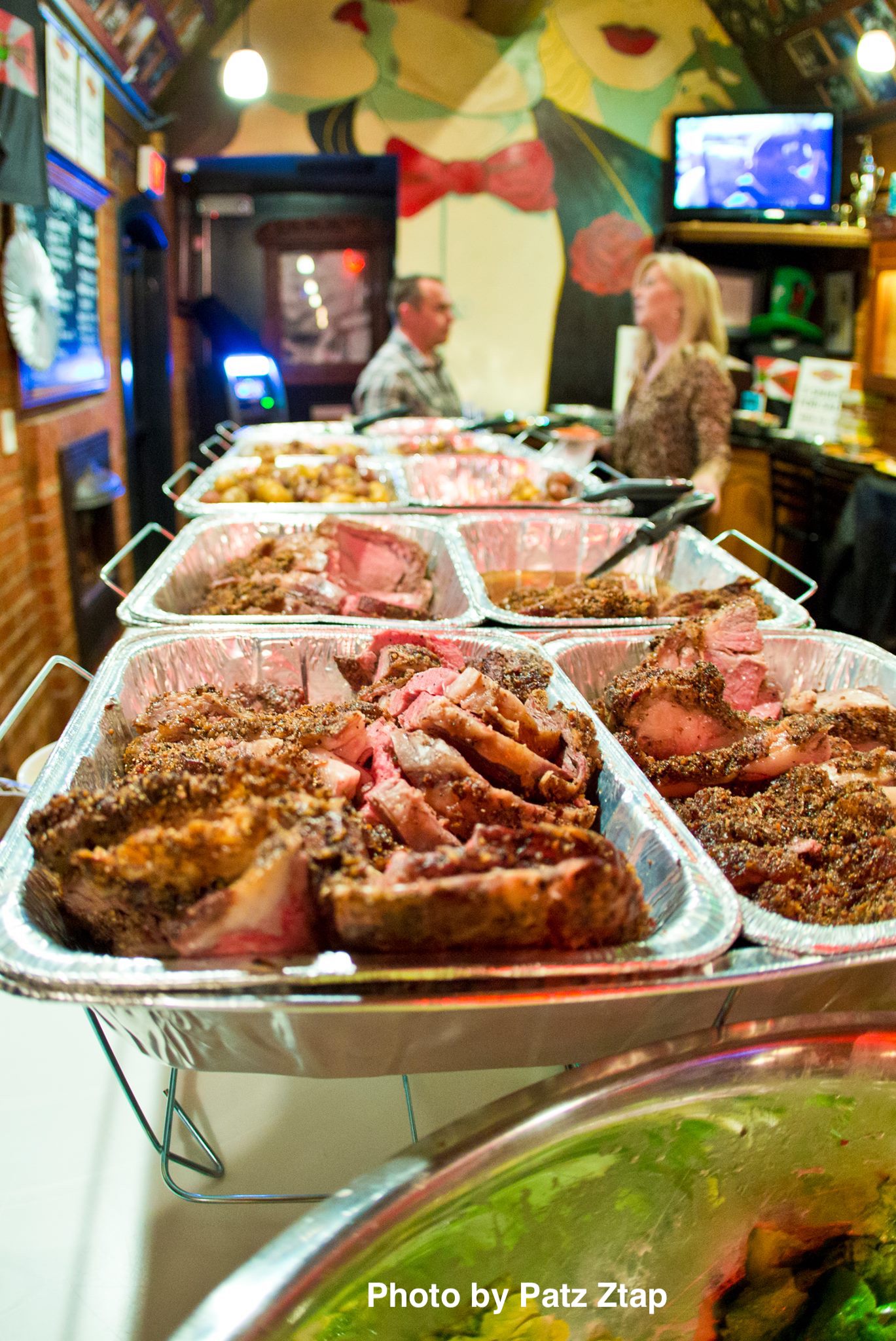Even experienced cooks can be intimidated by large, expensive cuts of meat like prime rib. It’s not just the cost. Because prime rib is usually a special occasion dish prepared for a group, the fear of failure can be daunting.
The truth is that preparing prime rib is a cinch. All you need is an oven, a pan, some aluminum foil, store-bought seasoning and a meat thermometer.
Follow this method and you’ll wind up with a succulent hunk of beef as good or better than any fine restaurant. And the cost per person actually turns to be quite affordable.
The first step is to procure the meat. Your best bet is usually club stores such as Costco or Sam’s, although there may be some local purveyors who can compete with their price and quality. Boneless prime rib usually comes in cuts weighing 12 to 20 pounds. But you don’t have to cook it all at once. It freezes well, so cut it in half or thirds and save the rest for later.
Right now, it’s running about $9 to $11 per pound. You will get two to three servings per pound for all but the biggest appetites. While you’re out, pick up some Montreal or Tones steak seasoning.
Before cooking the prime rib, first let it come to room temperature. Coat it with 1 tablespoon of seasoning(or to taste) per pound of meat you are cooking. If the seasoning doesn’t want to stick, rub a little olive oil on the meat.
Preheat your oven to 350 degrees, place the prime rib in a shallow pan fat side up and put it in the oven. To achieve a perfect medium rare prime rib where the juicy inside is rosy pink and the outside dark and crusty you will cook the meat about 20 minutes per pound. However, using a thermometer is the key. Put it in the thickest part of the meat and pull the prime rib out of the oven when the temperature hits 120 degrees. Then cover the meat loosely with foil for 20 to 30 minutes; the internal temperature of the meat will continue to rise. When it reaches 130 to 135 degrees, it’s ready to slice and serve. Make sure to collect all the juices that come out while the meat is resting. Pour them over the sliced beef for a final burst of flavor.








